
IN THE AIR EVERYWHERE |
|
Vol. 11 No. 110 THE GLOBAL AIR CARGO PUBLICATION OF RECORD Friday November 9, 2012 |
 |
|
|
|
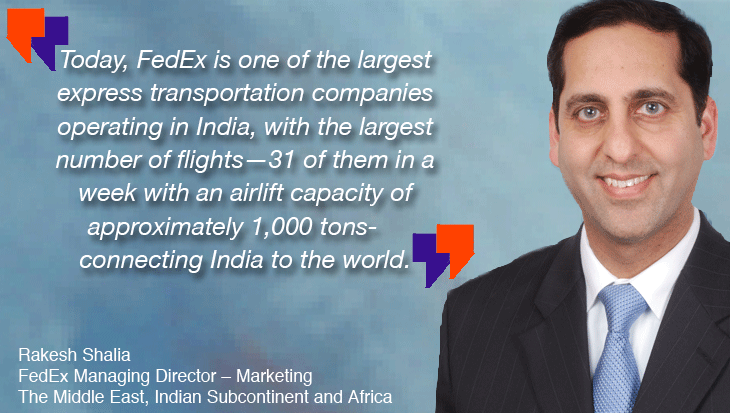 |
“This will also enable
the company to grow stronger
when the economy rebounds,”
he said. To handle the present
situation, Salia said FedEx
had adopted some innovative
measures. Among them were
actions to streamline operations
and reduce cost where possible;
deliver the best possible
service to customers; and,
offer a full range of services
(air, ground and supply chain
services) to meet requirements
of the various customer segments
to help them stay competitive
in the evolving global economy.
Others
may not be too happy with
the facilities and infrastructer
available at Indian airports,
but FedEx believes that the
situation in the express cargo
industry has improved and
has been growing steadily.
Salia was ready with the examples:
the construction of the Bengaluru
International Airport had
provided infrastructure “to
enable our dedicated freight
operations in south India.”
The modernization of airports
and air facilities in New
Delhi and Mumbai has instilled
a definite sense of confidence
that the Government of India
was serious about building
the infrastructure needed
for logistics and air cargo
industry.
“However,
there is room for improvement
in several areas of infrastructural
issues. Airports are hampered
by factors like inadequate
warehouses with airside and
city side access, parking
bays and single runways at
certain airports, and cargo
handling/customs clearance
capabilities, which leads
to congestions and undue delays.
“In
tier II cities, infrastructure
development is required for
smooth transportation as they
are the new emerging markets.
An efficient road and rail
cargo infrastructure and well
connected network can significantly
drive savings in terms of
service quality, inventory
costs, and processing time,”
said Salia.
Highlighting
the fact that India was very
important among key emerging
markets for FedEx Express,
the main challenges—inadequate
infrastructure, layered taxation,
etc.—are major issues
faced by express service providers,
and they remain. Even so,
FedEx has gone ahead with
its domestic expansion. Said
Salia: “Our
expansion plans and acquisitions
into the domestic segment
have been aimed to cater to
Indian businesses, which are
growing and expanding. The
acquisition of AFL/UFL businesses
has boosted our vision of
being a ‘One stop shop’
for all customer segments
in India.” These acquisitions
support the long-term strategy
to not only grow FedEx’s
business in the country, but
also increase market coverage
for its existing portfolio
and improve the service proposition.
A
cost-sensitive market, India
consumers are changing, with
quality of service being valued
in terms of price, said Salia.
But FedEx has worked out a
number of initiatives to overcome
the challenges related to
cost-consciousness: to begin
with, it is becoming a “One
stop shop” for its customers.
“Customers can now streamline
their supply chain operations
and integrate multiple vendors
into one single vendor. It
becomes easier for them to
deal with just one provider
and also to negotiate competitive
rates and demand discounts
by combining the requirements
with one provider,”
said Salia.
The
next big growth, according
to FedEx, will come from a
host of sources,a primary
one being e-commerce. “The
rapid evolution in India’s
e-commerce habits has resulted
in a sustained growth of our
business from the industry,
and the projected industry
growth will offer opportunities
for advancement that FedEx
is well positioned to leverage.
We believe that we will also
see additional expansion for
this specific sector coming
from Tier 2 and Tier 3 cities.”
In addition, growth will be
seen in textiles including
fashion, IT hardware, automobile,
leather, pharmaceuticals,
engineering, handicrafts,
and high value items like
gems and jewelery and electronics
industries.
As
for pharma, exports are poised
to grow at 30-35 percent in
2011-2012, twice the present
rate of close to 17 percent,
and are projected to touch
$15.8 billion in 2013-14,
contributing to about 8 percent
of the total output of pharma
products in the world, according
to the Indian Drug Manufacturers’
Association.
Tirthankar
Ghosh
 |
As
November 2012 begins, Japan
Airlines Cargo analyst for
the carrier’s U.S. regional
sales and marketing department
in New York City, Mark Yamada
told FlyingTypers: |
|
|
Giving Thanks With Harold
|
Get
On Board Air Cargo News
FlyingTypers |
|
If
You Missed Any Of The Previous
3 Issues Of FlyingTypers |
|||||
|
|||||
FT110112 |
FT110612 |
||||
|---|---|---|---|---|---|
Publisher-Geoffrey
Arend • Managing Editor-Flossie
Arend • Associate Publisher/European
Bureau Chief-Ted Braun Film Editor-Ralph Arend • Special Assignments-Sabiha Arend, Emily Arend • Advertising Sales-Judy Miller |
|




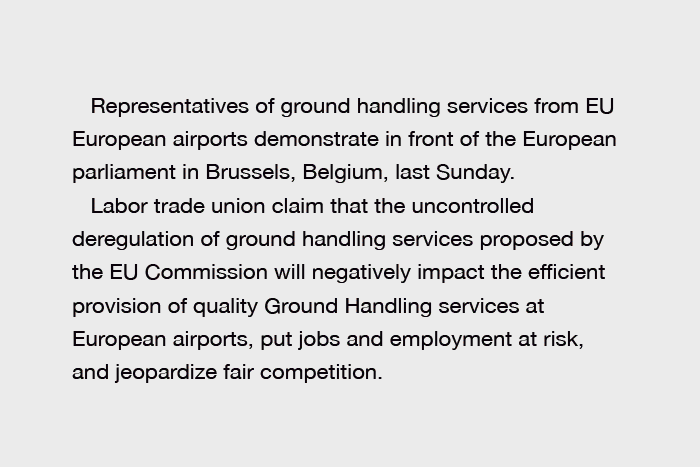
 The
India story continues to hold
center stage for FedEx.
The
India story continues to hold
center stage for FedEx. 
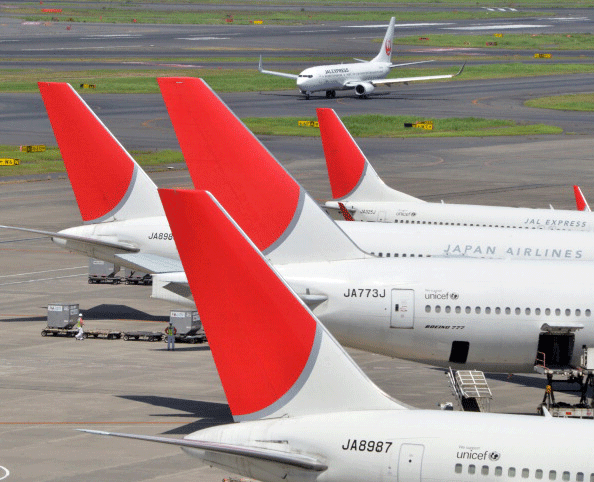
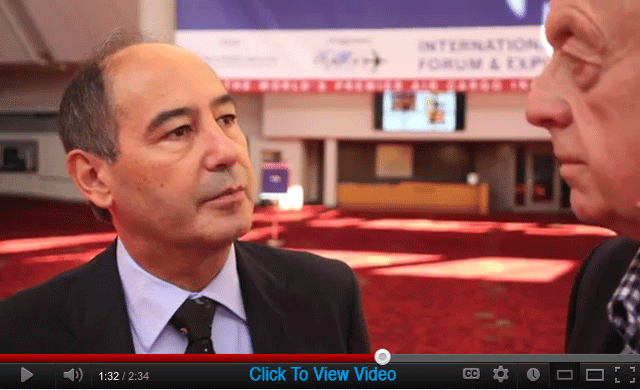
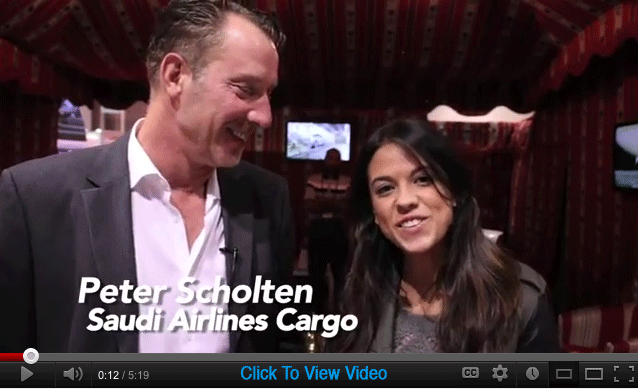

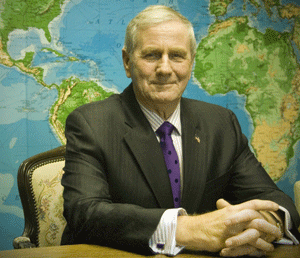 On
Friday, November 16 in Atlanta,
Georgia a grand airport tradition
occurs once again as an air
cargo entrepreneur reaches
out far and wide to host several
hundred people to an old fashioned
home made turkey dinner with
all the trimmings, as America
looks ahead one week from
then to celebrate the wonderful
holiday called Thanksgiving.
On
Friday, November 16 in Atlanta,
Georgia a grand airport tradition
occurs once again as an air
cargo entrepreneur reaches
out far and wide to host several
hundred people to an old fashioned
home made turkey dinner with
all the trimmings, as America
looks ahead one week from
then to celebrate the wonderful
holiday called Thanksgiving. “While
many are now using this method,
we also fix up our poultry
with special herbs and rubs
handed down in my family over
the years.”
“While
many are now using this method,
we also fix up our poultry
with special herbs and rubs
handed down in my family over
the years.” 


